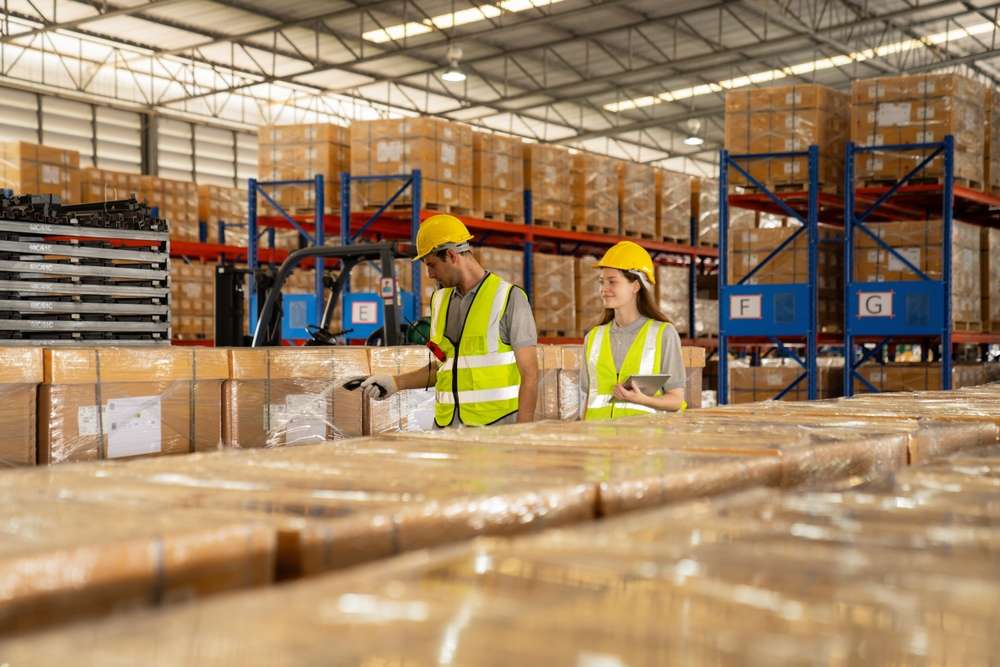Leveraging Reverse Logistics for Competitive Advantage
Optimizing the flow of products from consumers back to manufacturers is reshaping industrial operations. This innovative approach, known as reverse logistics, is transforming how businesses handle returns, refurbishments, and recycling. By mastering this often-overlooked aspect of the supply chain, companies are uncovering new revenue streams and enhancing customer satisfaction.

The Evolution of Reverse Logistics
Reverse logistics has come a long way from its humble beginnings as a simple returns process. Initially viewed as a necessary evil, it was often treated as an afterthought in supply chain management. However, as consumer behavior shifted and e-commerce boomed, businesses began to recognize the strategic importance of efficiently handling returns and recapturing value from used products.
The concept gained traction in the 1990s when electronics manufacturers started implementing take-back programs for their products. This shift was driven by both environmental regulations and the realization that properly managing product lifecycles could lead to significant cost savings and new revenue opportunities.
Key Components of an Effective Reverse Logistics Strategy
To harness the full potential of reverse logistics, businesses must develop a comprehensive strategy that addresses several key areas:
Returns Management
Streamlining the returns process is crucial for customer satisfaction and operational efficiency. This involves implementing user-friendly return policies, providing clear instructions to customers, and utilizing technology to track and process returns quickly.
Refurbishment and Remanufacturing
Many returned products can be restored to “like-new” condition and resold at a profit. Establishing efficient refurbishment processes allows companies to recapture value from returned items and reduce waste.
Recycling and Disposal
For products that cannot be refurbished, implementing proper recycling and disposal procedures is essential. This not only helps companies comply with environmental regulations but also supports sustainability initiatives.
Data Analytics and Forecasting
Leveraging data from returns can provide valuable insights into product quality, customer preferences, and market trends. Advanced analytics can help predict return rates and optimize inventory management.
The Business Case for Reverse Logistics
Implementing a robust reverse logistics program offers numerous benefits that can significantly impact a company’s bottom line:
Cost Reduction
By optimizing the handling of returns and recapturing value from used products, businesses can significantly reduce operational costs associated with waste and inventory management.
Enhanced Customer Loyalty
A smooth and hassle-free returns process can greatly improve customer satisfaction and loyalty, leading to increased repeat business and positive word-of-mouth.
Sustainability and Brand Image
Effective reverse logistics practices demonstrate a commitment to sustainability, enhancing a company’s brand image and appeal to environmentally conscious consumers.
New Revenue Streams
Refurbished products and recycled materials can open up new markets and revenue opportunities, turning what was once considered waste into profitable assets.
Industrial Insights for Optimizing Reverse Logistics
• Invest in technology solutions that integrate reverse logistics with existing supply chain systems for seamless operations
• Train staff specifically in reverse logistics processes to ensure efficient handling of returns and refurbishments
• Partner with specialized third-party logistics providers to leverage their expertise and infrastructure
• Implement a circular economy model to maximize the value extracted from products throughout their lifecycle
• Use predictive analytics to forecast return rates and optimize inventory levels accordingly
As businesses continue to navigate the complexities of global supply chains and evolving consumer expectations, reverse logistics will play an increasingly critical role in maintaining competitiveness. By viewing returns and product lifecycles as opportunities rather than liabilities, companies can unlock new sources of value, improve customer relationships, and contribute to a more sustainable future. The key to success lies in developing a strategic approach to reverse logistics that aligns with overall business objectives and leverages the latest technologies and best practices in the field.





